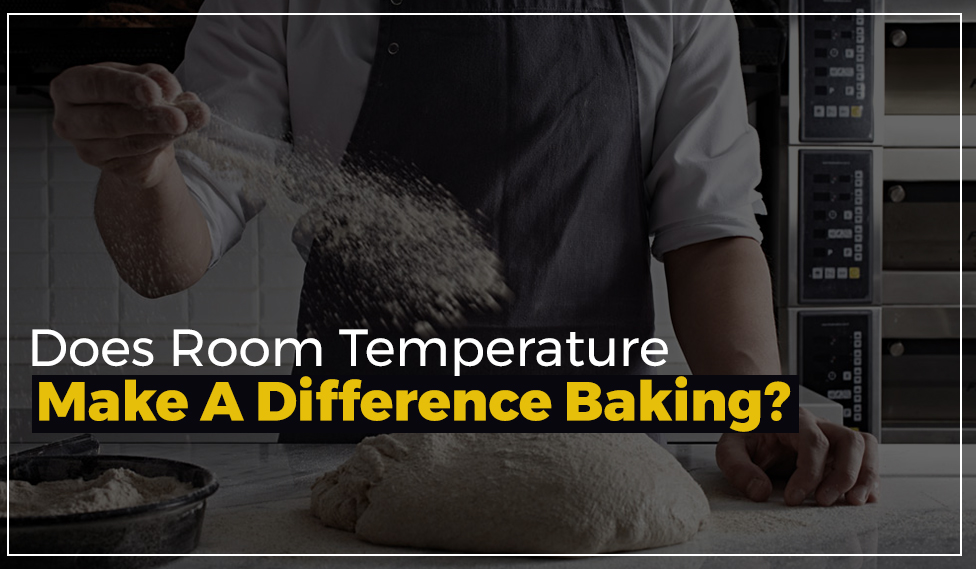We can all agree that it would be much simpler if we could combine all of our ingredients in a mixing bowl and observe the magic of baking. Finally, we’d sit back with our flawlessly consistent baked pastries and a tall glass of cool milk, reminiscing about how simple the entire procedure had been. Cake baking classes in Chennai provide enormous inputs and in-depth details on baking different goods and sweet treats. Keep reading the blog to know the best use of room temperature ingredients to get the full potential of it in your baking.
Making your final product with cold ingredients can dramatically affect the entire baking process and cause you to produce something both you and your guest won’t particularly enjoy. We are here to demonstrate the benefits of using components at room temperature because of this. Bakery classes in Chennai say eggs, butter, and cream cheese are essential components for baking that trap air and inflate in the oven (resulting in a light-textured and soft-baked good).
Use items at room temperature if the recipe specifies that they should be. There is no getting around this, and your dish won’t turn out as well if you use, for example, cold eggs or cold butter when they ought to be room temp.
Room Temperature Butter
If your butter is too tough because it was just taken out of the refrigerator or you just allowed it 10 to 15 minutes to thaw, the large crystals in the sugar will not be able to penetrate it: no entrapped air, no fluffy baked goods. Baking classes in Chennai say that the sugar efficiently induces air and aerates the butter during the beating or creaming process if it is at its ideal ambient temperature.
Your baked item will be light since baking powder and/or soda helped expand the tiny air pockets generated during the creaming process. Fluffy! Tender! Because you used the MAGIC of room temperature butter and followed the guidelines, everything is exactly as it should be.
Room Temperature Egg
Additionally, it is crucial that the eggs be at ambient temperature when they are called for in a recipe. Again, air bubbles are primarily to blame for this. The albumin in the egg catches air bubbles when you whip or whisk it. In addition, as the food bakes, the bubbles enlarge due to oven heat. Also, baked goods with lighter textures are those with expanding air bubbles. At room temperature, air entrapment is most effective with eggs.
Taking up baking courses in Chennai will teach you that another reason to use room temperature eggs in baking is the room temperature shortening and sugar we use. The cold eggs will curdle and harden when combined with ambient temperature shortening or creamed butter.
Room Temperature Cream Cheese, Yogurt, Milk, Etc
Many bread recipes, cupcakes, or cakes call for additional dairy ingredients such as cream, milk, yogurt, etc., after adding ambient temperature butter as the first ingredient. The butter, sugar, and eggs serve as the foundation of the emulsion, but it goes beyond. The remaining components are added next. Ensure the remaining ingredients in the preparation are at ambient temperature to maintain a smooth and uniform batter and continuous emulsification.


